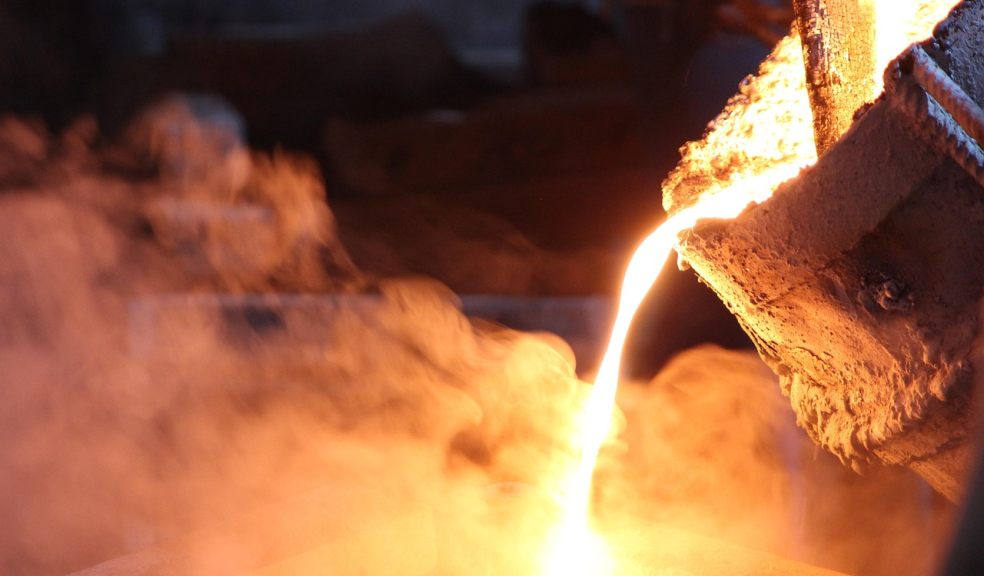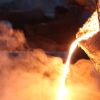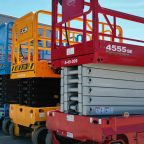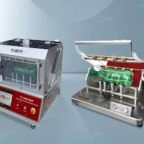
From Design to Delivery: Understanding Investment Casting
Manufacturing industries today rely on a wide range of techniques to create parts that are durable, precise, and efficient. One of the most trusted processes, especially when it comes to producing complex and accurate components, is Investment Casting. Often known as lost-wax casting, this age-old process has stood the test of time and continues to play a vital role in modern production lines. Its ability to deliver precision parts with excellent surface finishes makes it a method valued by industries such as aerospace, automotive, medical, and engineering.
But how exactly does investment casting work? To understand it, it’s important to look at the entire journey—from the initial design right through to the finished product that is ready for delivery.
The Origins of Investment Casting
Investment casting is not a new concept. In fact, it has roots that date back thousands of years, with ancient civilisations using the lost-wax process to create jewellery, tools, and decorative items. While the technique has evolved significantly with the introduction of modern materials and technology, its principle remains the same: creating a wax model of the desired part, surrounding it with a ceramic shell, and then replacing the wax with molten metal.
This blend of history and innovation invests casting both traditional and modern—a process deeply connected to craftsmanship while also meeting the demands of contemporary industries.
Step 1: The Design Phase
The journey of investment casting begins with design. Engineers and designers work together to create a highly detailed model of the part to be produced. Today, computer-aided design (CAD) software allows teams to refine every curve and dimension of the product before moving into production.
The precision at this stage is crucial, as even the smallest detail in the design will be reflected in the final cast part. For industries where accuracy is essential, such as medical implants or turbine blades, this step is where success begins.
Step 2: Creating the Wax Pattern
Once the design is finalised, a wax replica of the component is made using injection moulding. This wax model is an exact copy of the finished product. For larger production runs, multiple wax patterns are often attached to a central wax sprue to form what is called a “tree.” This allows several components to be cast in one cycle, increasing efficiency.
The wax patterns are smooth and highly detailed, ensuring the final metal cast mirrors their accuracy. At this stage, any defect in the wax would transfer into the final product, making quality control essential.
Step 3: Building the Ceramic Shell
After the wax pattern is prepared, it is repeatedly dipped into a ceramic slurry and then coated with fine sand. Each layer is dried before the next is applied. This process is repeated several times to build a hard, heat-resistant shell around the wax.
The shell must be strong enough to withstand the extreme temperatures of molten metal, yet precise enough to capture even the finest details of the wax model. It is this balance that makes investment casting so effective at producing complex geometries that other methods may struggle with.
Step 4: Removing the Wax
Once the ceramic shell is complete and fully hardened, the wax inside must be removed. This is usually done by placing the shell in an autoclave, where heat and pressure melt and drain out the wax, leaving behind a hollow cavity in the exact shape of the original design.
This step is what gives the process its other name, lost-wax casting, since the wax is essentially sacrificed to create the mould. The result is a clean, empty ceramic shell, ready to receive the molten metal.
Step 5: Metal Pouring and Casting
The ceramic shell is preheated to remove any remaining wax residue and to prepare it for the molten metal. Once heated, the shell is filled with carefully melted metal, which flows into the cavity left behind by the wax. Depending on the application, metals such as steel, aluminium, nickel alloys, or bronze may be used.
This stage is critical, as the temperature of the metal and the speed of pouring must be controlled to avoid defects. Once filled, the shell is left to cool and solidify.
Step 6: Shell Removal and Finishing
When the metal has cooled and hardened, the ceramic shell is broken away to reveal the newly cast part. At this stage, the part is in its raw form and requires further finishing. Excess metal from the sprue is removed, and processes such as grinding, machining, and polishing are carried out to achieve the final specifications.
Surface treatments may also be applied, depending on the requirements of the component. By the time the part is complete, it closely matches the original design with remarkable accuracy and durability.
Applications Across Industries
Investment casting is valued because it bridges the gap between design flexibility and the strength of the material. Aerospace companies rely on it for producing turbine blades with intricate shapes that withstand high temperatures. The automotive sector uses it for engine components, while the medical field benefits from its ability to create precise surgical instruments and implants.
Its versatility makes it a reliable process for any industry that demands precision, durability, and efficiency.
Benefits of Investment Casting
The popularity of investment casting lies in its many advantages:
-
Precision: Produces components with fine details and tight tolerances.
-
Versatility: Can be used with a wide range of metals and alloys.
-
Surface quality: Provides a smoother finish compared to other casting methods, reducing the need for extensive machining.
-
Design flexibility: Allows for the creation of complex shapes that might be impossible through machining alone.
-
Efficiency: Multiple components can be cast in one cycle, saving time and resources.
From Factory to Delivery
The process of investment casting does not end with production. Logistics, quality assurance, and supply chain coordination play a crucial role in ensuring that components are delivered on time and to the highest standard. Each part undergoes inspection to confirm it meets specifications before being dispatched to industries worldwide.
For businesses, this reliability is what justifies investing in such a vital technique. It ensures that parts are not only manufactured with precision but also delivered in a way that supports smooth operations across supply chains.
Conclusion
From the earliest design sketches to the final delivery of parts, investment casting represents a blend of craftsmanship, technology, and efficiency. Its ability to deliver accurate, durable, and complex components makes it a cornerstone of modern manufacturing.
In a world where industries demand both innovation and reliability, Investment Casting continues to prove its value. It connects the artistry of design with the demands of global production, offering a process that is as relevant today as it was centuries ago.

















